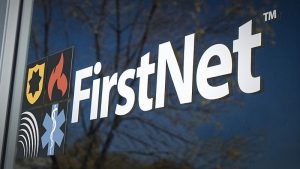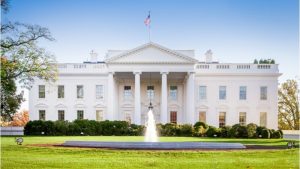Customer experience has been front of mind for local governments that leverage technology to build workflows that can make governments more efficient, and Florida’s Miami-Dade County has been redesigning processes with the customers in mind by advancing projects through difficult circumstances.
Ransomware attacks are a growing threat to critical infrastructure across the nation as vital facilities connect more and more operational control and systems to the internet. Therefore, improved visibility across an organization’s IT infrastructure is critical in addressing today’s cyber risks.
A wide-ranging executive order released by the Biden administration on June 9 is seeking to revive an Obama-era push for more public disclosure of broadband service performance and contract terms – an effort that fell by the wayside during the Trump administration.
The Department of Education’s Institute of Education Sciences is dedicating $10 million in Federal funding for the creation of a research center that aims to address inequities in higher education online learning.
The Virginia Information Technologies Agency (VITA) said July 8 it has created, along with its partner UiPath, the first-ever public-sector offering for robotic process automation (RPA).
Penn State University Police and Public Safety (UPPS) announced that it has adopted the First Responder Network Authority (FirstNet), a dedicated nationwide broadband network for public safety organizations.
White House national security staff took the Biden administration’s strategic thinking on ransomware prevention to the local government mayors this week, as administration advisors continued to work through a long list of policy items aimed at curbing the attacks and making them less profitable.
Republican members of Congress have written separate letters to Microsoft CEO Satya Nadella and Google CEO Sundar Pichai expressing concerns about the companies’ collection of data on students, among other issues.
Georgia Governor Brian Kemp selected Shawnzia Thomas as the executive director of Georgia Technology Authority (GTA) and state CIO. The GTA Board of Directors recently affirmed Thomas’ selection.
Law enforcement agencies that use forensic algorithms to aid in criminal investigations face numerous challenges, according to the Government Accountability Office (GAO), including difficulty interpreting and communicating results, as well as addressing potential bias or misuse.













